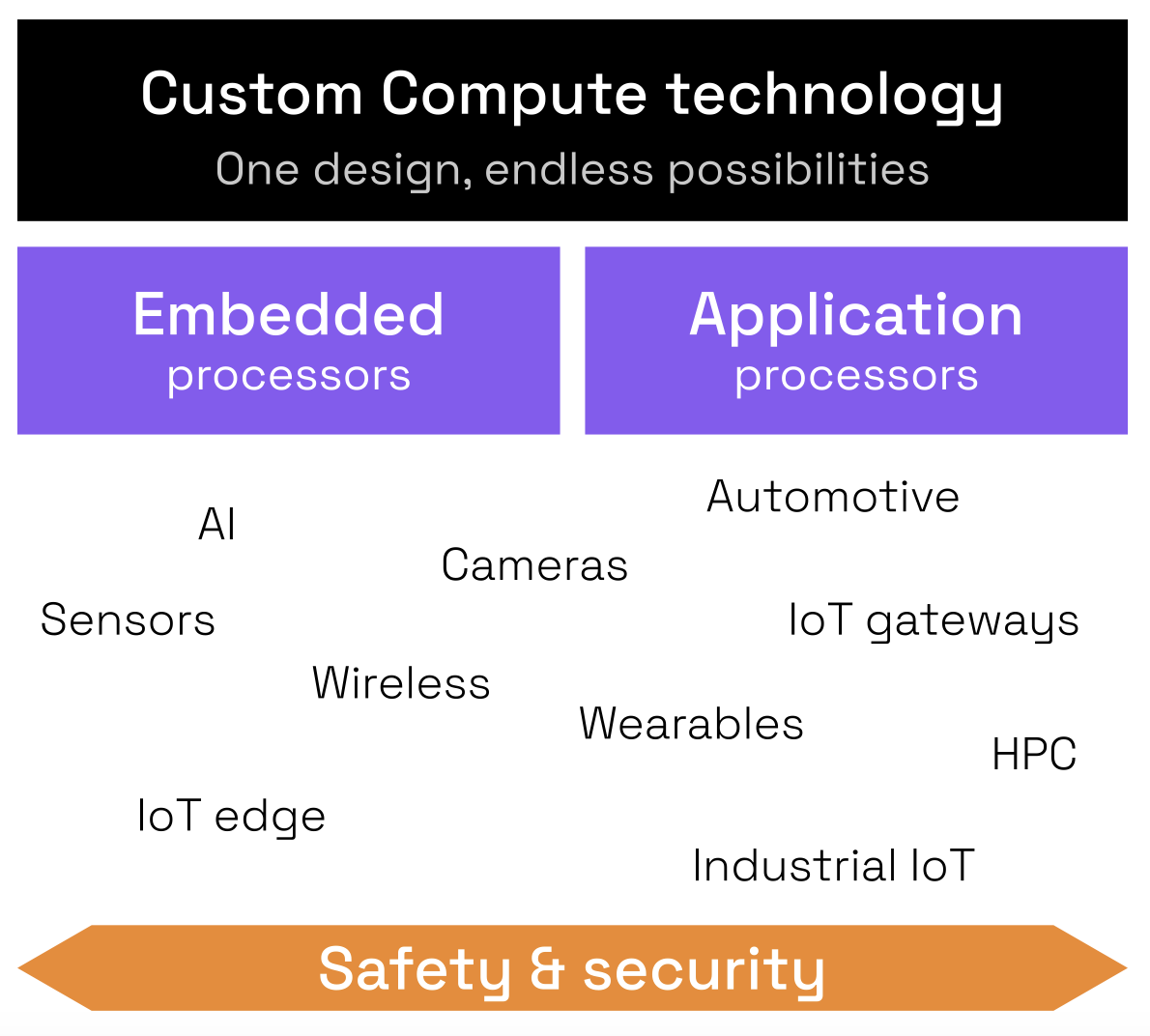Beyond design automation: How we manage processor IP variants with Codasip Studio

If you’ve been following us at Codasip, you know we’re all about enabling Custom Compute. The power to shape processor hardware to get the best out of your software is, as we see it, key to standing out and getting that crucial edge in performance, power, and area. A big part of what we offer […]
Unlock early software development for custom RISC-V designs with faster simulation

When designing complex Systems-on-Chip, software teams should be involved early in the process. This will help identify architectural bottlenecks, validate system behavior, and accelerate the entire project timeline. In this process, processor simulation models play a crucial role. Processor models work as digital representations of a core and are useful from the initial stages of […]
3 steps to shrinking your code size, your costs, and your power consumption


Tariq Kurd, Distinguished Engineer and Lead IP Architect RISC-V is a powerful instruction set that is constantly evolving. One of the recent evolutions relates to code size reduction. Last year, the RISC-V Zc extensions were ratified. The team at Codasip led this work, and as I have been closely involved, I would like to explain […]
DAC 2024 – Showcasing the future of RISC-V through EDA




by Brett Cline As I sat on the plane in Boston it’s fair to say that I was curious about what DAC 2024 would bring. The previous year was much better than I expected but a cold June in San Francisco wasn’t exactly what I was dreaming about. Afterall, while I was heading to San […]
Unfair advantage? How OEMs get ahead with Custom Compute




Intro Original Equipment Manufacturers (OEMs) constantly face the challenge of delivering cutting-edge products that meet the evolving demands of their customers. In the world of technology, where innovation is the key to staying ahead, the choice of computing solutions plays a pivotal role in shaping the success of OEMs. In the past OEMs have relied […]
Codasip 700 RISC-V processor family: Bringing the world of Custom Compute to everyone


Today, technology innovators must have new ways to create differentiated products. How are they supposed to meet the demand for more computational performance when semiconductor scaling laws are showing their limits? There is only one way: having a compute that is custom for specific needs. And what do we need for that? Several aspects: Architecture optimization, […]
What you should ask for instead of just PPA


SoC designers would really like to be able to compare PPA numbers of digital IP. However, as explained in our previous article, this is mostly impossible as available numbers usually do not apply to your use case. It is easy to be misled by PPA. So now, how do you select the best digital IP? […]
Why you should stop asking for PPA


As a topic that is subject to intense discussions, PPA (Power, Performance & Area) is certainly something that everyone in the semiconductor industry is focusing on. Who wouldn’t want a smaller and cheaper circuit that would consume less power and be much more capable than the previous generation? But you should stop asking for PPA. Or at […]
Creating specialized architectures with design automation


With semiconductor scaling slowing down if not failing, SoC designers are challenged to find ways of meeting the demand for greater computational performance. In their 2018 Turing lecture, Hennessey & Patterson pointed out that new methods are needed to work around failing scaling and predicted ‘A Golden Age for Computer Architecture’. A key approach in addressing this challenge […]